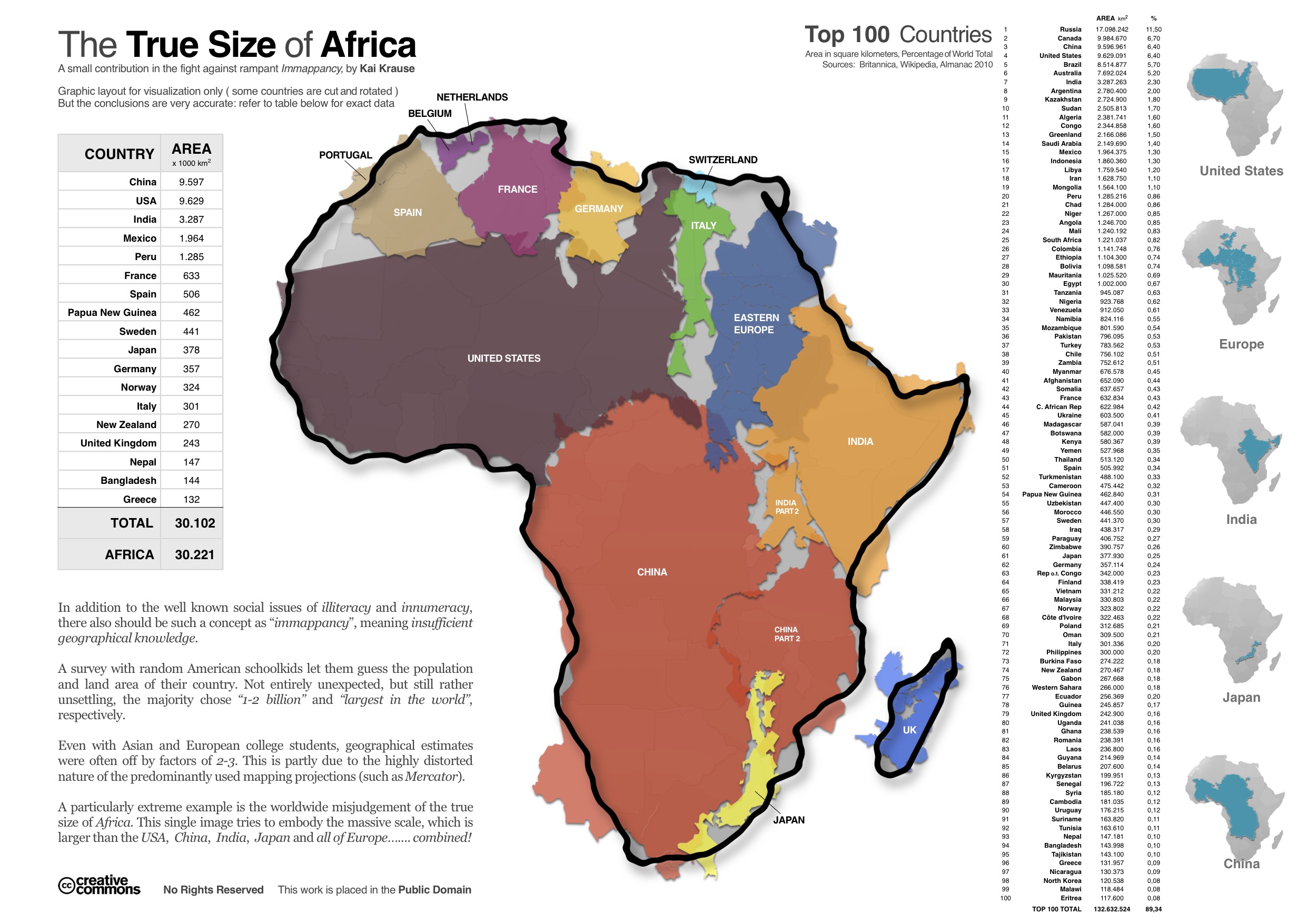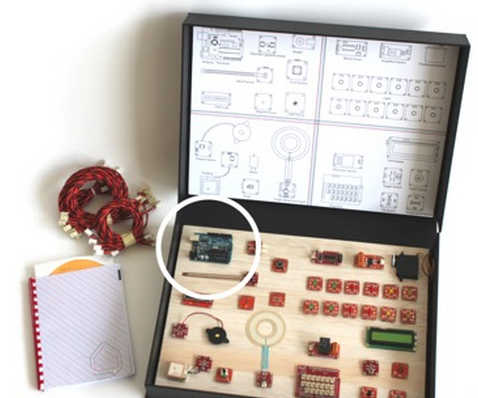The final themed session at Lift 11 France is about OPEN – What happens when barriers to innovation become drastically lower?. From the introduction:
The Internet has radically open innovation systems in digital products, content and services. Today, the same is happening to manufacturing, finance, urban services, even health care and life sciences. What will this new innovation landscape look like?
First up is Juliana Rotich from GlobalVoices. Her talk is about Ushahidi which builds democratizing technology and is powered by open source.

She starts her talk by showing how large Africa truly is. Ushahidi shares a heritage of openness with the Internet. Africa is getting connected fast and the costs of the connection keeps on dropping. Eventually this will change the rural landscape. Initially a lot of web 2.0 services where local copies of silicon valley services, but now we are starting to see services being developed for true local (check out iHub).
Mobile technology plays an important part. The coverage is getting better. In 2015 they expect to have 7.2 billion non smartphones and 1.3 billion smartphones in Africa. Mobile money is an innovation that is a third world first. More than 20% of Kenia’s GDP flows trough the mobile money system. It is transforming many (government) services: for example prepaying for electricity.
By making the tools open source, people can take the tools, use their own data and make it their own: it really lowers the barriers for people to use the technology. Ushahidi as a platform is now used for all kinds of use-cases that were never imagined. Crowdmap has pushed the number of Ushahidi implementations to over 15.000.
Of course there are challenges: the last mile stays difficult. Nothing is as big a showstopper as power black outs. She then goes on to critique Facebook as a walled garden for its lack of generativity. When there are closed walls around technology it becomes much harder to innovate (hear, hear!). So her advice is to bet on generativity and open source.
Alexandra Deschamps-Sonsino has a talk titled Homesense project: agile and open innovation against all odds.
Homesense started with a blog post. She got a bit sick of the idea of the “smart” home. Every home is different. She thought it would be a good idea to give this new simple open technology to “normal” people without any specific interest in technology and let them use it in a creative commons way. She then went looking for people who were willing to get people to volunteer their home for experimentation. In the end they found 6 households in 4 countries.

So what happened? People were given a “homesense kit” based around the Arduino. The households worked with technological experts to create things that were useful to them, like a robot that would tell you when you left the toilet seat up, or a little map that would show you were the shared bike-hubs around your house had bikes available, or something that would turn off the light when there was enough light around the house.
Then suddenly the project received a cease and desist letter from a large manufacturer who has a trademark on the word “Homesense”. Luckily, after some legal advice, they could go on. Now they’ve been invited by the MoMa to exhibit their project in the Talk to me exhibition.
Open innovation is hard to do when you are an organization. It is very hard to do when you are a big business. Smaller outfits can do this much cheaper and get the results shared much more quickly.
The last speaker in this session about openness is Gabriel Borges talking about two initiatives based on open innovation. He will show how peer production can be the main factor of innovation.
Brazil is now the 5th largest Internet audience with only 38% penetration. A new digital middle class is coming up in Brazil and they are the most intense social media users in the world. Portuguese is the second most spoken language in Twitter and Brazil is the 2nd largest Youtube audience in the world. Why is this the case? Brazilians are social by nature. A global average social media user in the world has 120 network friends, in Latin America this is 176 and Brazil this is 230 friends.
What happens when you mix all these ingredients? You can get things like Queremos with five guys organizing concert by disintermediating all the people that are normally between a band and the attendee. It works like this:
Another example is how they used WordPress to invite consumers to really help in designing a concept car. The Fiat Mio concept car had 17.000 consumers bringing in their 11.000 ideas in about 15 months. It is fundamentally changing the way that Fiat Brazil wants to work going forward.
What are the 3 key learnings from this?
- A collaborative environment should never be based on anarchy. Leadership, stimulation, organization and ground rules are very necessary.
- It doesn’t mean that everyone interested in your cause will feel thrilled to collaborate effectively. Make room for all interested people.
- Even for the most collaborative cause, at the end, the motivation for any and every participant will be extremely individualist.
